About Critical Tide Exhibition
From critical design to critical practice
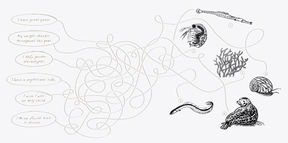
Very few ever get to experience the underwater world, and none can stay there for long. While the terrestrial world is now our home, our origins are in the ocean. However, it is a connection we have lost, both intellectually and emotionally. Our empathy exercises explore ways in which we can nurture empathy and reconnect with the ocean. Find out which species in the Baltic Sea resonates with you in our character test.
Idea: Anni Avela, Text: Pirjo Haikola, Gero Grundmann, Julia Lohmann Scientific assistance: Miina Mäki, John Nurminen Foundation
Illustrations: Gero Grundmann
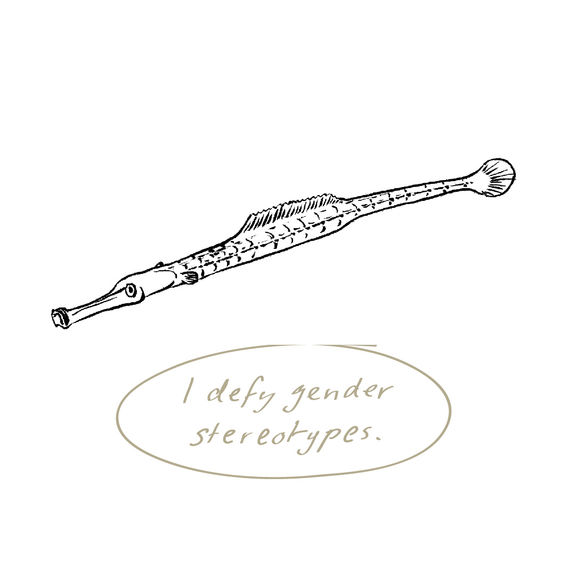
Sygnathus typhle
We are the northern cousins of seahorses. We are masters of camouflage, hiding among the seagrass meadows. It is difficult to distinguish us from a plant. Our males look after our young. They gather the eggs of females into a special ‘bag’ under their bellies and carry them until the babies hatch.
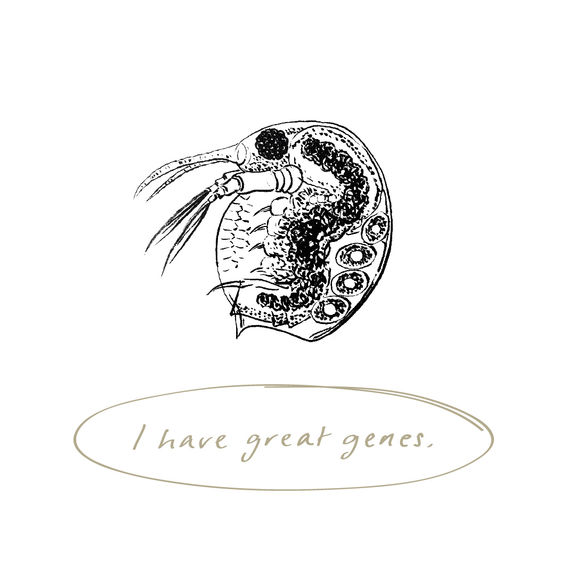
Bosminidae and Podonidae
I am a cyclops! I may be tiny (less than 1mm long) but I have more genes than any other studied species. There are 70-80 species of us in Finland, mostly living in freshwater or low salinity sea water. We mainly eat algae, and fish love eating us, so we’re very important.
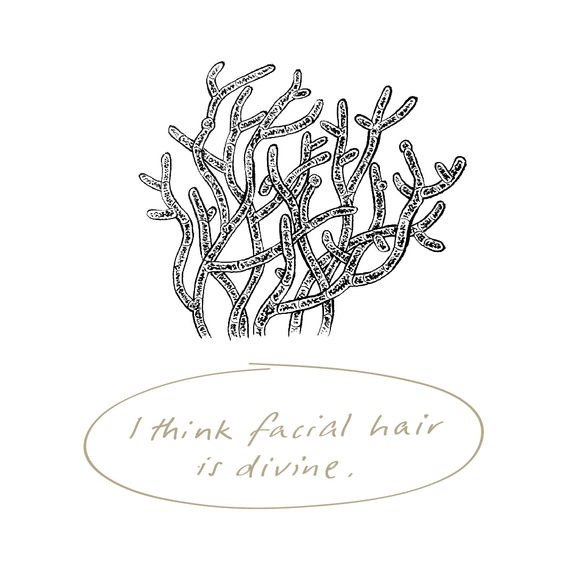
Cladophora glomerate
I am said to be the beard of the god of the seas, Ahti. I clone myself to grow fast, up to 20cm in length. You feed me with your farming fertilisers and all the nutrients that end up in the Baltic sea. I feed fish and other creatures. However, if I grow too big my beard forms mats that block the light needed by organisms further down in the water.
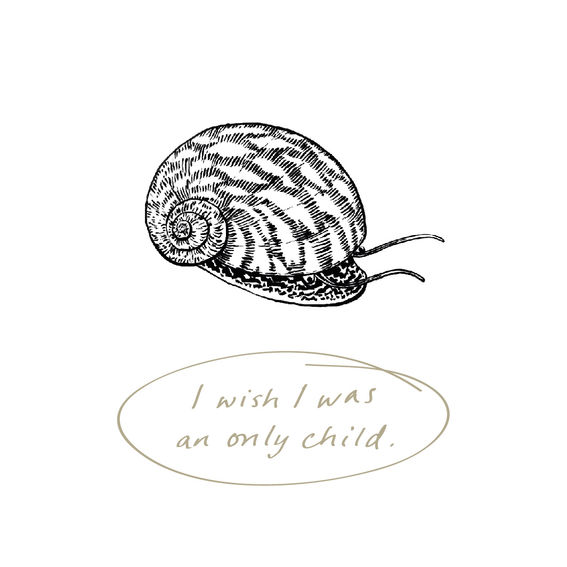
Theodoxus fluviatilis
We are small, up to 10mm, and come in colours from dark to light greens, yellows and dark violets, even, spotted, or with zig-zag stripes. We eat algae from rocks, aquatic plants and bladder wrack. Our females lay about twenty egg capsules containing lots of eggs onto a hard surface. From these eggs only one survives—by eating its siblings.
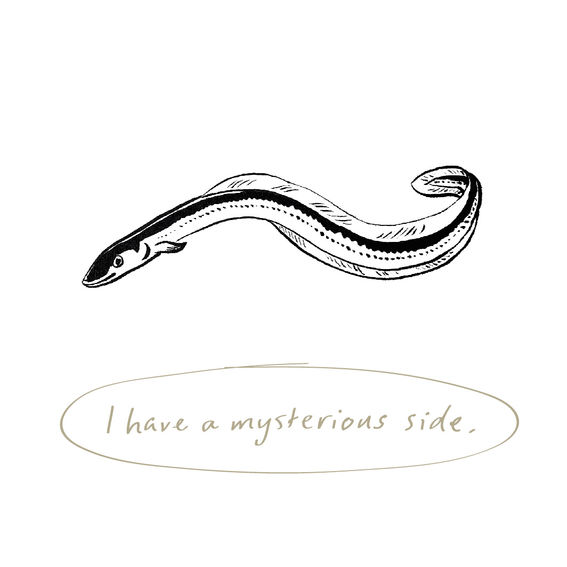
Anguilla anguilla
We are snake-like slimy fish. Humans think we are born far in the depths of the Sargasso Sea—but don’t know for sure. We live on the Western European coasts and in the Baltic, then return to the Sargasso Sea to spawn. We live for up to 20 years, in captivity even to 150 years. In the Baltic we are critically endangered—so please leave us alone.
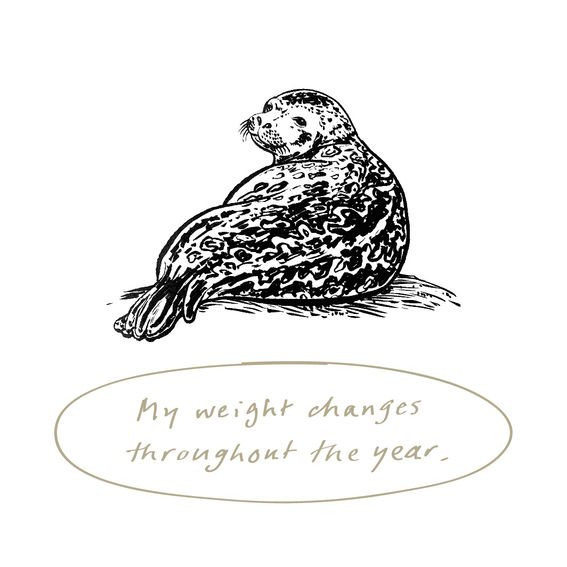
Pusa hispida botnica
We are the world’s smallest seal species. We spend our summers around the islets of the Finnish archipelago, fattening up for winter. We mostly eat fish and crustaceans and especially like herring. Some of us live alone, some in pairs in the open sea. Our cubs are born on ice during winter, therefore cold winters are very important for us.
This content belongs to Student Takeover on Unfolded. The Curating and Storytelling course have created visual and textual essays about the first academic year of the MA Contemporary Design.

From critical design to critical practice
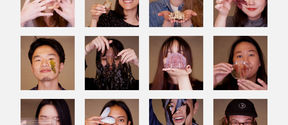
Reaching out to non-human stakeholders
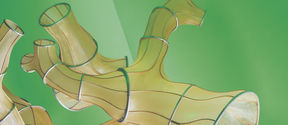
At a time of deep ecological crises, Critical Tide will open our eyes to the urgent issues our oceans face and showcase creative ways of intervening.